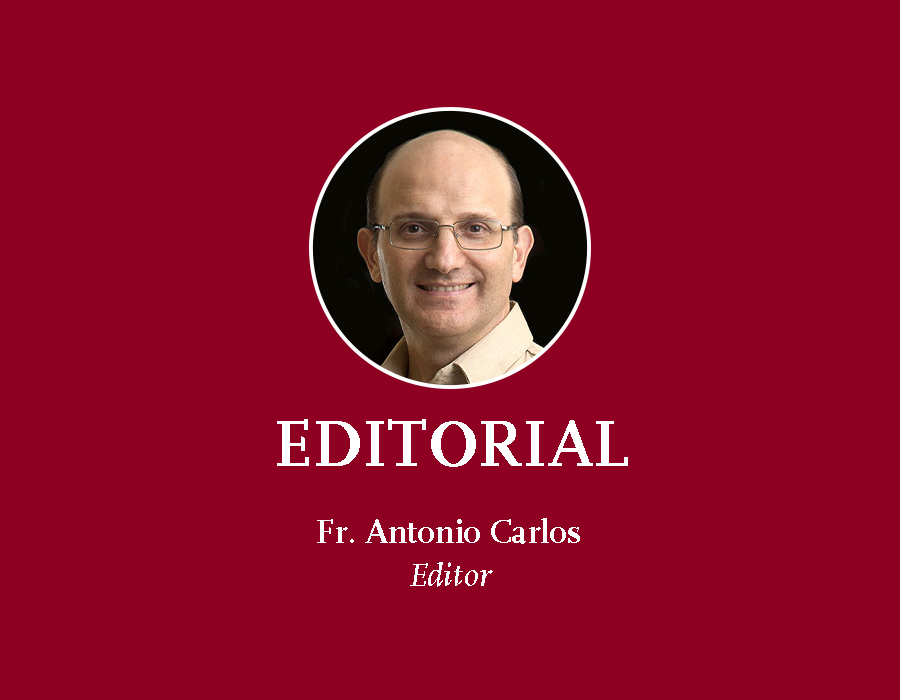

A graced history
Our history is significantly marked with the crown of martyrdom of our 25 martyrs – priests, brothers and sisters – who shed their blood at the service of the Gospel and the people in dangerous spots.
Browse past isues
Help the mission
Support the mission
Get in touch


Our history is significantly marked with the crown of martyrdom of our 25 martyrs – priests, brothers and sisters – who shed their blood at the service of the Gospel and the people in dangerous spots.
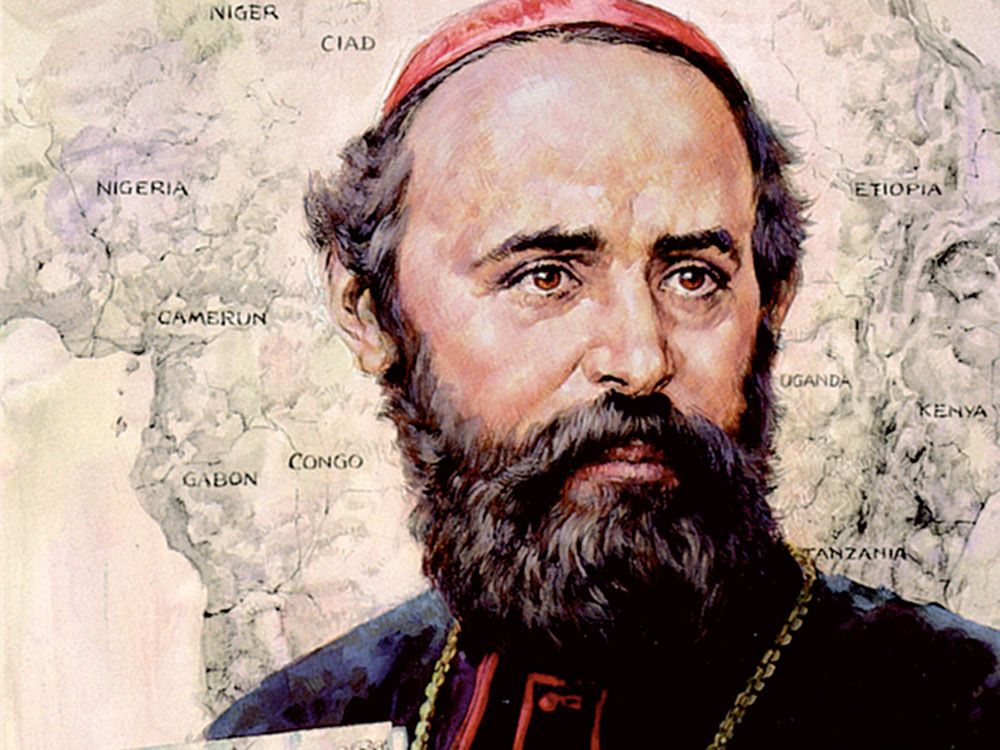

Founder of the Institute of the Comboni Missionaries, Comboni is a missionary saint who can inspire our path of life in so many ways. Universal salvation, communion and service are the three pillars that make up the spirituality of the “Apostle of Africa.”
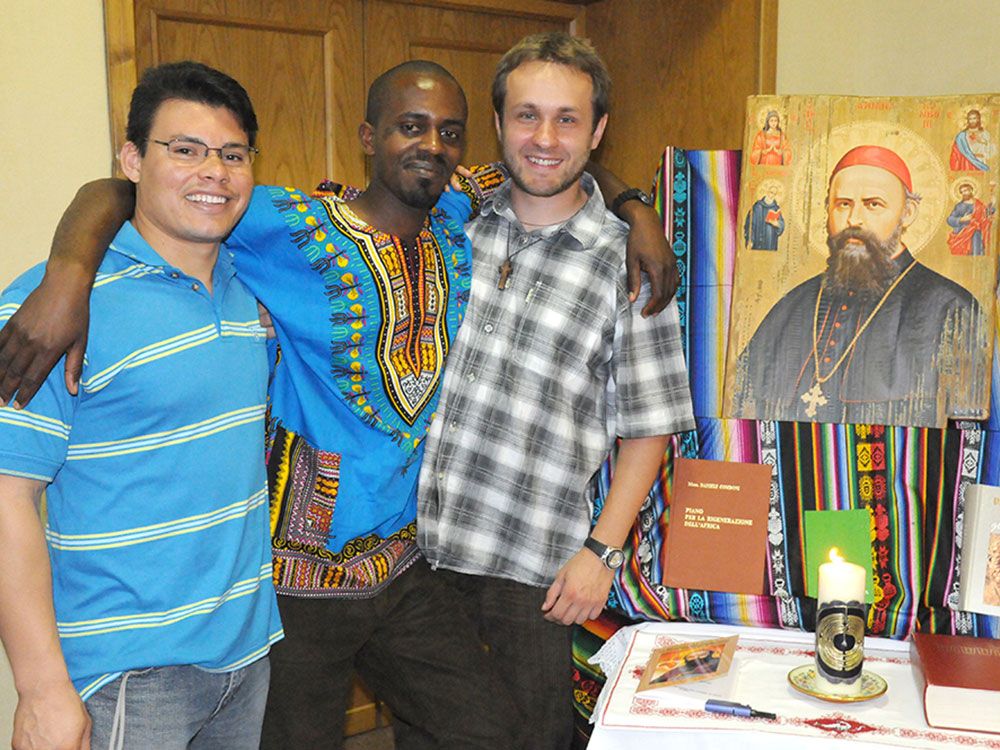

Former Superior General and missionary in the Philippines, Fr. David Glenday, shares some thoughts on the significance of the 150th anniversary of the foundation of the Comboni Institute. For him, more than looking back to the past, this celebration points forward to the future.


Considered a mission territory for its tiny catholic presence – only one-and-half percent of the population – Taiwan has been home to the Comboni Missionaries since 1997. An international community of four missionaries serves the spiritual needs of the few, yet devout faithful, in two parishes in the outskirts of the capital.


The government should shift more into eliminating the drugs itself and concentrate more towards healing and rehabilitation rather than killing. In fact, eliminating the drug lords, drug pushers, without eliminating the essential which is the drug itself, gives rise to more drug leaders, more corrupt policemen, more violence.


Andrada’s collection usually has her signature of avant-garde style of mixed masterful use of local fabrics. According to the Filipina designer, her collection is inspired by incantation: “(It is) paying homage to the energy of the earth,” she shared. “I am using natural materials and fusing it with organic and inorganic materials such as the piña blazer, which I embellished with some black and rust-like material. It’s avant-garde but still tribal.” Even more challenging was the fact that for her to finally showcase her collection, Andrada had to best other designers from around the world until she was selected to be part of the program called Fashion Scout. “They screened who is going to be part of the show with designers from different countries,” Andrada said. “I sent my portfolio, then they would call back, then you needed to have your dresses delivered there. Out of the hundreds who applied, they had 30 plus (designers) screened. The screening process was tedious as they invited bloggers, fashion people, press, and I was here in Manila.” She had to send pieces of her collection to her sister who, luckily enough, lives in the United Kingdom. Her sister had to travel to the nation’s capital just to deliver her clothes. Local materials What probably wowed the panel was Andrada’s use of native materials which she often fuses with modern garments. The sample clothes she sent were from her collection that she showcased in Antwerp, Belgium from the previous year. This was of Filipino tribal fabrics, such as piña and abaca, mixed with neoprene. It was not only in the U.K. and Belgium that Andrada got to travel and show off Filipino fashion. Last year alone, the Central Saint Martins College of Art and Design graduate trotted across the globe bringing her newly-sewn clothes. In 2016, she travelled to Japan for the Philippine’s Department of Trade and Industries, then to Canada and Mongolia, among others. For each country, she came up with different designs. In Japan, it was barong inspired. Barong Tagalog is a formal men’s shirt that is also considered as the Philippines’ national costume. In Toronto, Canada, her garments were inspired by the works of Apo Whang-Od, the last traditional Kalinga tattoo artist. In Mongolia, she showed off the Philippine terno, the butterfly sleeved gown, using denim. In Amsterdam, Netherlands, her collection featured a futuristic style which she fused with abaca and pineapple fabric. Filipino flavor All of these designs seem to have one common element – the Filipino flavor in it. “I want to make sure that I use Filipino products,” Andrada said. “The feel of the fabric on your fingertips is different. It is also expensive because it is handwoven. I just wanted to support the industry of the weavers. ” “I get materials from the different regions of the Philippines. I get from Benguet, from Aklan, Batangas, Lake Sebu, Zamboanga. I try to discover more in order to support our economy as it is something Filipino,” she
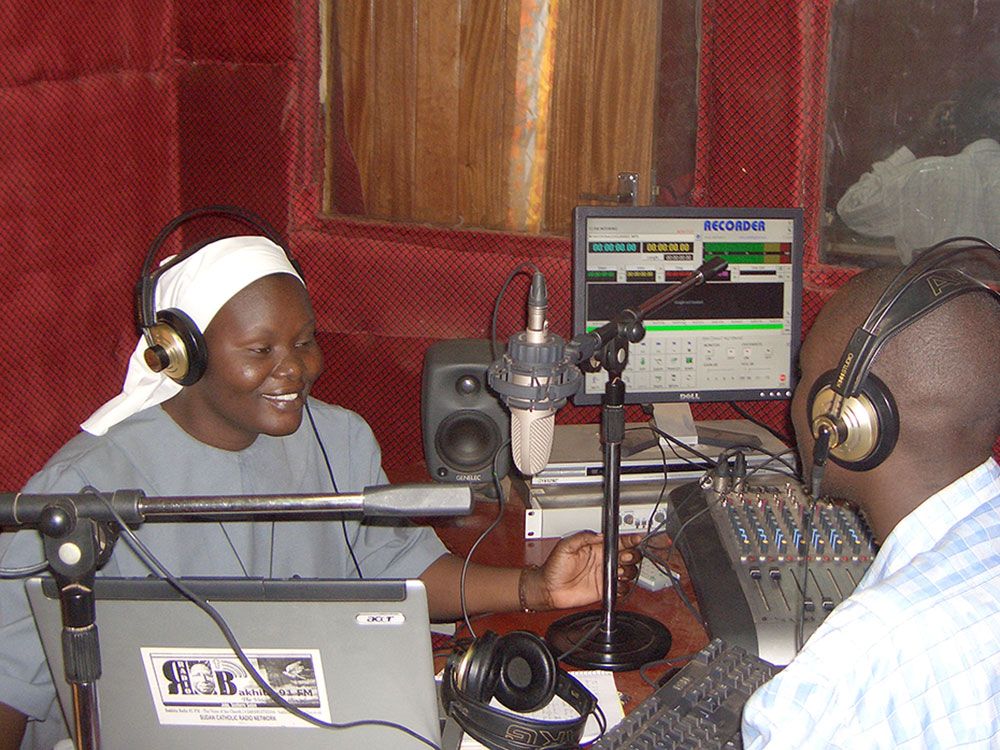

The message of Pope Francis for the 51st World Communications Day that will be celebrated on May 28, 2017, the Solemnity of the Ascension of the Lord, bears a pastoral direction that is substantially innovative – constructive communication of positive news.


The United Nations has formally declared that a state of famine exists in this East African nation, with 100,000 people immediately facing starvation. Pope Francis has appealed for the hard-hit people of South Sudan, urging the international community to provide food aid.


The vast expanses of the Argentine pampas (plains) saw Fr. José Gabriel (1840-1914) indefatigably ride his mule to visit his scattered parishioners. He started for them schools, hospitals, roads, post offices and railways. He died of leprosy because of sharing the local mate with a group of people affected by that sickness.
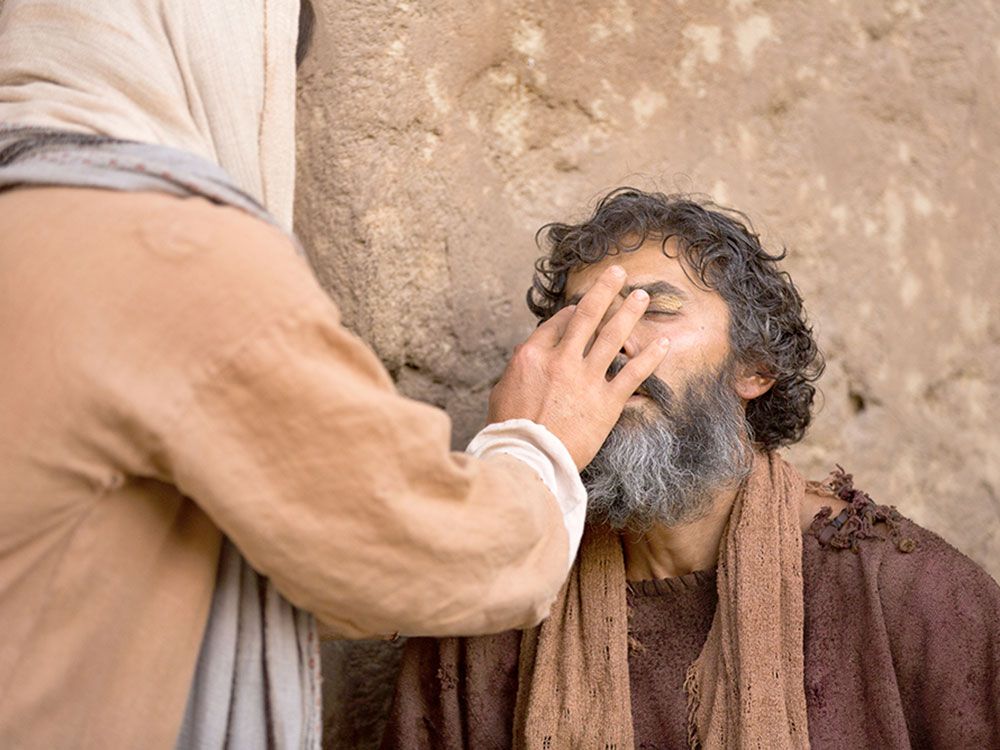

In the encounter with the man born blind, Jesus reveals Himself as the Light of the World, as the One who brings us into the light of life. Physical healing is a symbol of inner healing that awakens the heart and mind to faith in Jesus.
